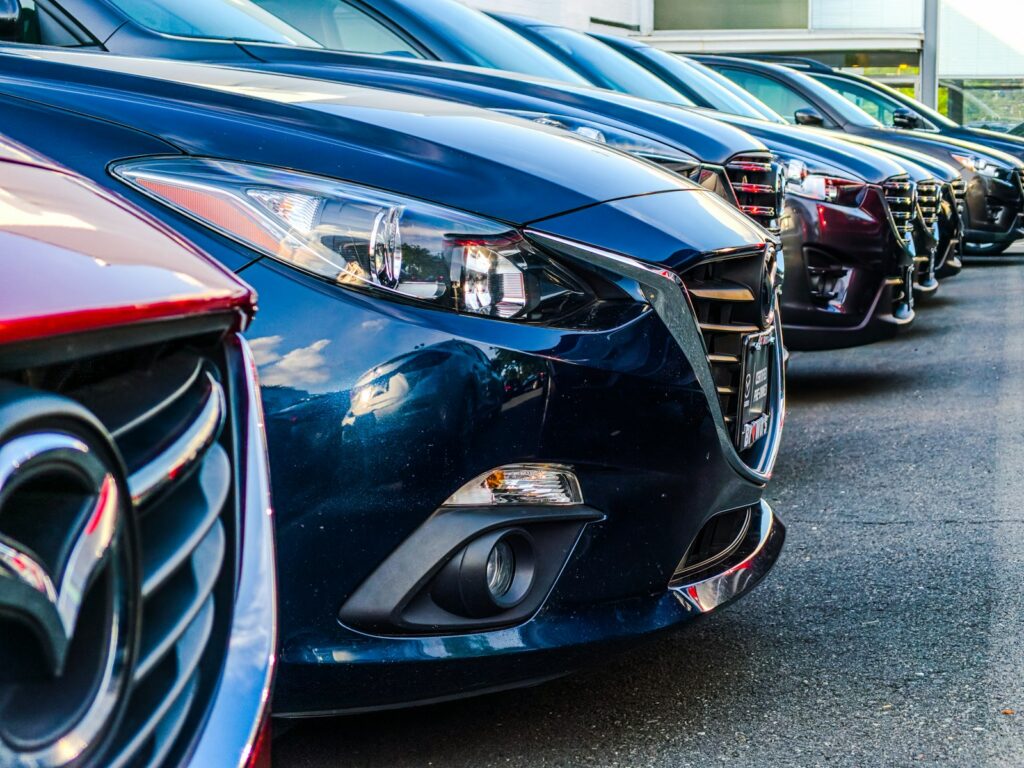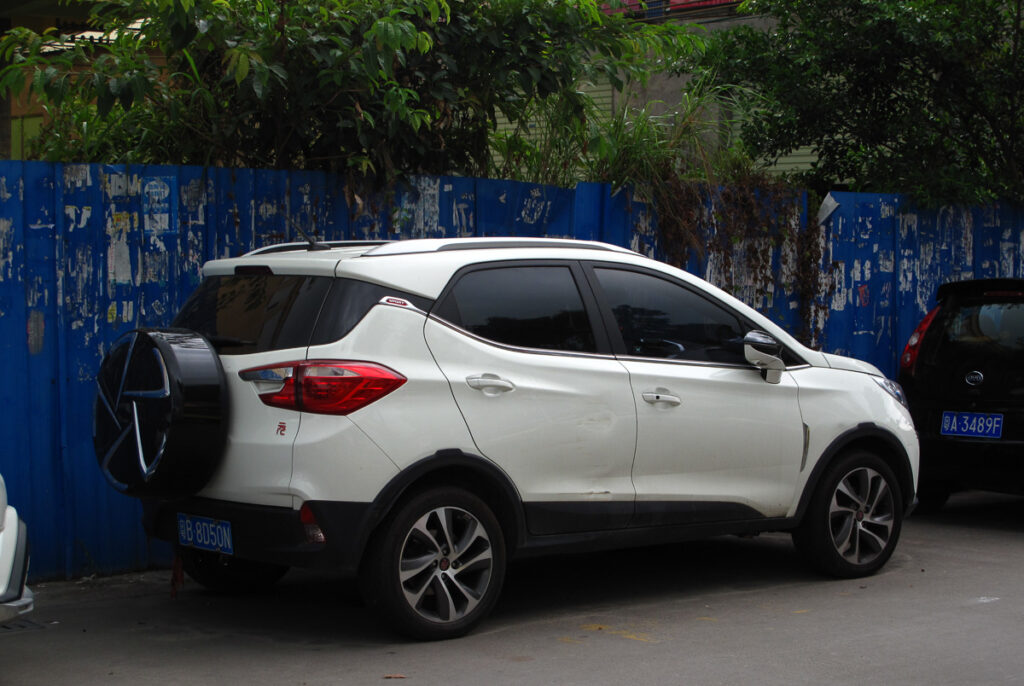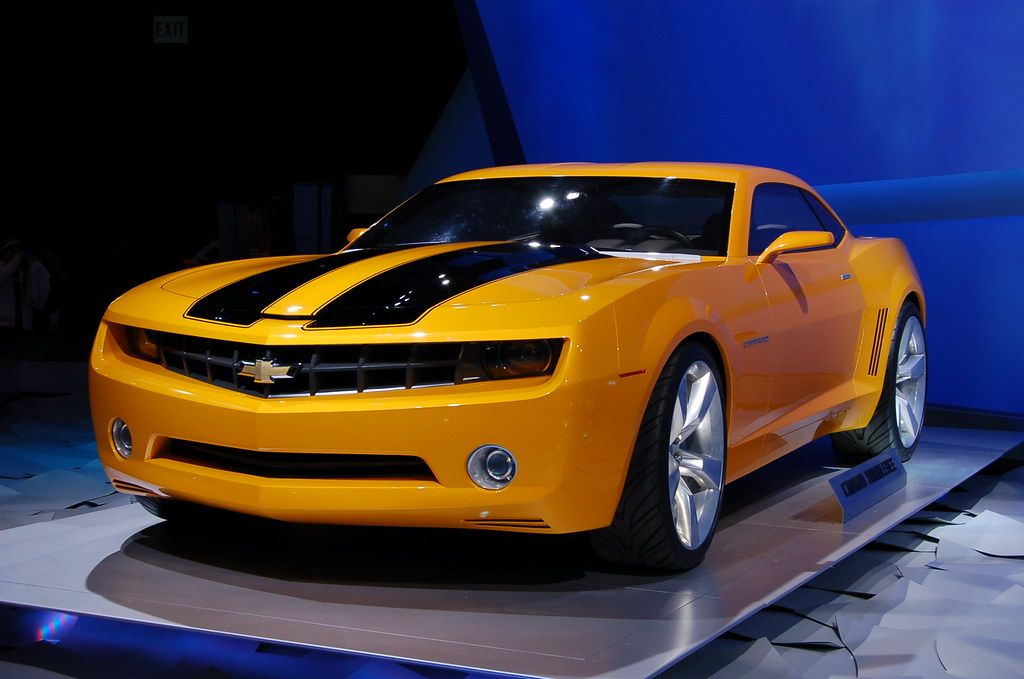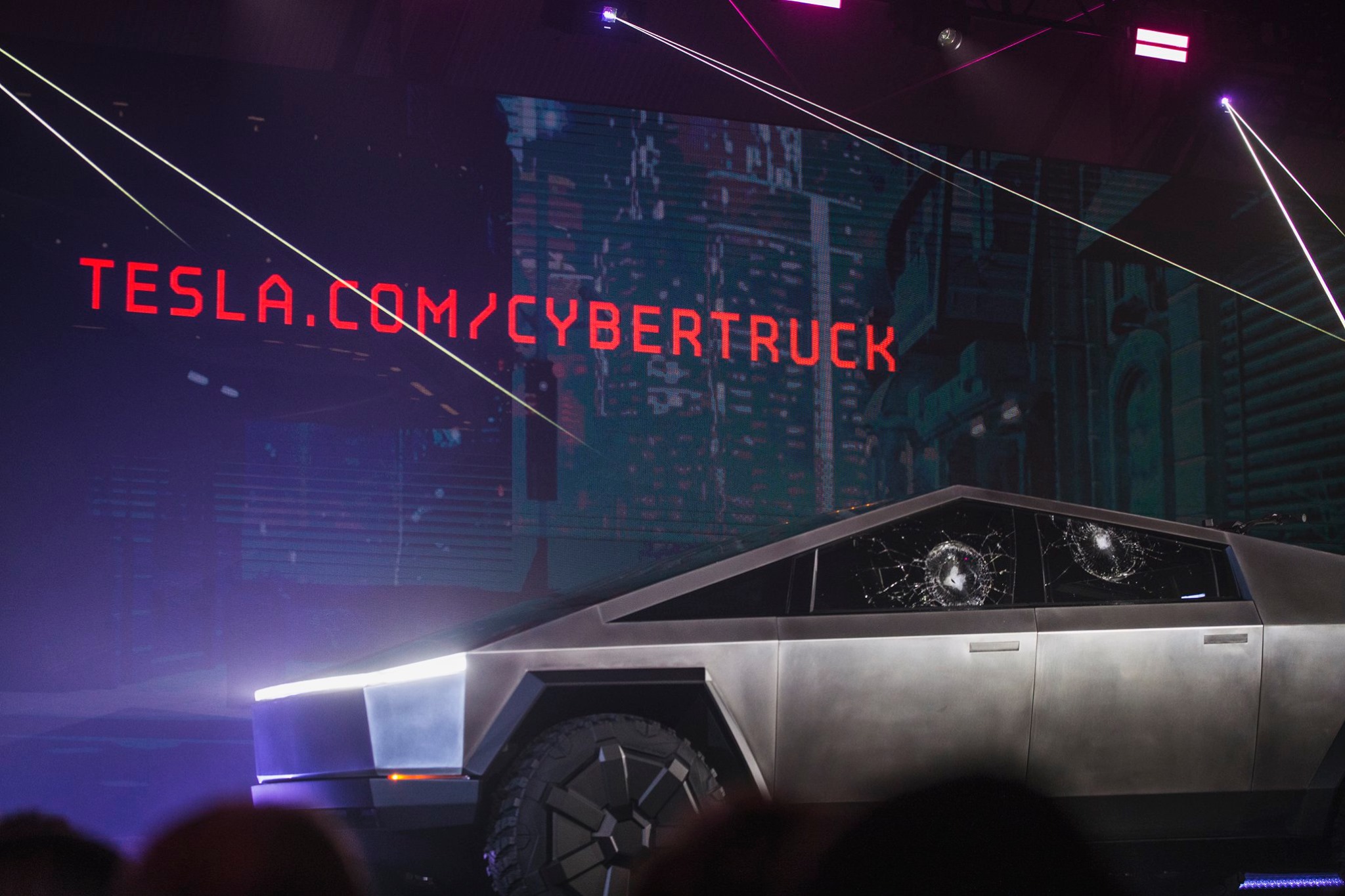
The last decade has witnessed the explosive growth of ride-sharing services such as Uber, Lyft, and DiDi Chuxing, fundamentally altering the way people access transportation in urban and even suburban environments. These innovative platforms have not only impacted how individuals get around but are also reshaping the automotive industry, influencing car sales, ownership models, and the very nature of vehicle demand. Understanding this complex interplay between ride-sharing and car ownership is essential for navigating the evolving mobility landscape.
Initially, many observers predicted that these on-demand transportation options would lead to a drastic reduction in car ownership, especially in dense urban areas. The vision was one where convenient, affordable access to rides would render personal vehicles largely unnecessary for a significant portion of the population, ushering in an era of “Mobility as a Service” (MaaS). While some aspects of these predictions have come to pass, the reality has proven to be far more nuanced and intricate than a simple one-to-one replacement of owned cars with shared rides.
This article aims to break down the key ways ride-sharing is reshaping our relationship with personal vehicles, exploring the forces at play and examining how different demographics and geographic locations are experiencing this transformation. We’ll delve into the initial expectations, the current observable trends, the underlying factors influencing these changes, and the broader implications for consumers and the transportation ecosystem alike.
1. **Early Predictions Versus Nuanced Reality**
When ride-sharing services first emerged, the prevailing sentiment was that they would trigger an immediate and dramatic decline in car ownership. The idea of “Mobility as a Service” (MaaS) gained significant traction, fueled by the convenience and potential cost savings these on-demand platforms offered. Experts and urban planners alike envisioned a future where owning a personal car, particularly in congested city centers, would become an antiquated concept, replaced by a seamless network of shared transportation options.
However, the initial impact on car ownership proved to be more nuanced than these bold predictions. For many individuals, ride-sharing didn’t immediately become a complete substitute for car ownership. Instead, it often served as a complementary service, fitting into specific niches where personal vehicles were less convenient or practical. This included trips where parking was difficult, after consuming alcohol, or simply when an individual preferred not to drive.
Several factors contributed to this more gradual shift. For one, the cost of frequent ride-sharing, especially during peak hours or in areas with limited driver supply, could quickly add up, making it potentially more expensive than owning a car for daily commutes. The financial burden shifted from fixed costs of ownership to variable, per-trip expenses, which for some, remained a significant concern. The convenience and control offered by a personal car – immediate availability, route flexibility, and the ability to carry bulky items – also represented benefits that ride-sharing couldn’t always fully match.
Furthermore, geographic limitations played a crucial role in shaping ride-sharing’s initial influence. While highly successful in major metropolitan areas, ride-sharing services were (and often still are) less prevalent and reliable in suburban and rural settings. This disparity meant that a personal vehicle remained essential for residents in these less dense areas. The “first/last mile” problem, which describes the challenge of getting to and from ride-sharing pick-up points, also complicated matters for those without a car, highlighting that ride-sharing was not a standalone solution for all transportation needs.
Read more about: Debunking 12 Persistent Investment Myths: What Financial Advisors Want You to Know for Your Retirement Journey
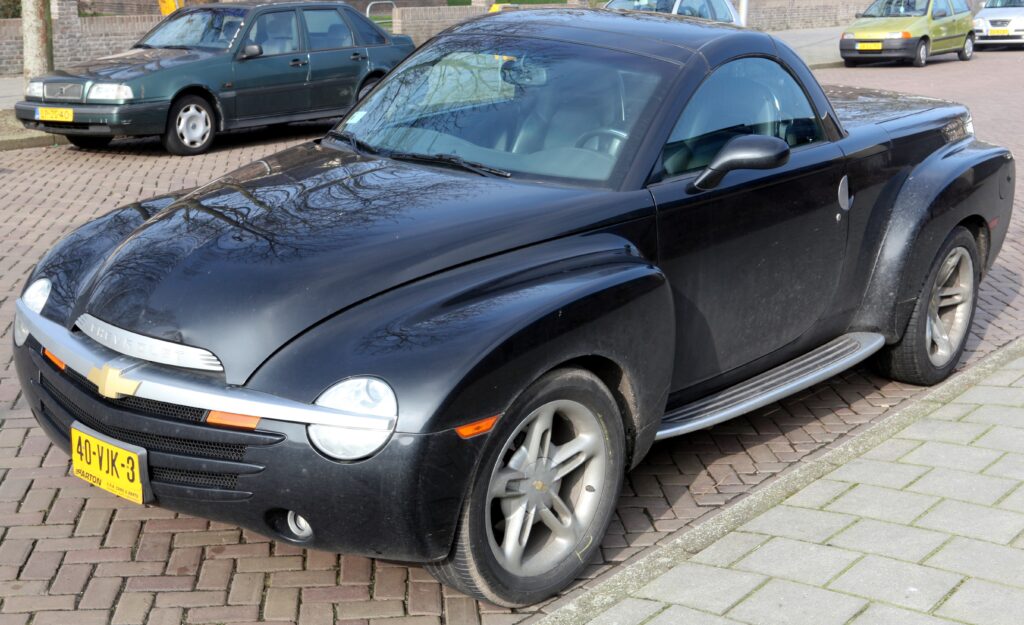
2. **Current Trends and Observed Impacts in Urban Centers**
The most noticeable decline in car ownership directly linked to the rise of ride-sharing services is undoubtedly occurring in dense urban centers. Here, the unique challenges of traffic congestion, exorbitant parking costs, and the sheer inconvenience of car ownership have amplified the appeal of on-demand alternatives. Studies have consistently shown a correlation between the growth of ride-sharing platforms and a slower rate of car ownership growth, particularly among younger demographics.
This trend is especially pronounced among Millennials and Generation Z, who exhibit a greater openness to alternative transportation options and are often less attached to the traditional idea of car ownership as a status symbol. For these younger urban dwellers, the financial burdens associated with purchasing, insuring, and maintaining a vehicle often outweigh the perceived benefits, especially when a readily available ride-sharing option is just a tap away on their smartphone. Some are actively delaying car purchases, while others are choosing not to own a car at all.
Major cities across the United States serve as compelling examples of this phenomenon. New York City, a well-documented case, has seen significant declines in car ownership rates, particularly among young adults, directly coinciding with the widespread adoption of ride-sharing services. Similarly, metropolitan hubs like San Francisco, Boston, and Chicago are observing comparable trends, where the density of population, extensive public transportation networks, and the prevalence of ride-sharing combine to create an environment conducive to reduced personal vehicle reliance. These shifts are forcing city planners to rethink infrastructure, moving away from car-centric designs towards more multimodal solutions.
These urban shifts are also supported by broader data. For instance, the U.S. PIRG Education Fund and Frontier Group Reports highlight the increasing cost of car ownership and the potential for savings with alternative transportation, making the decision to forgo a car in a city more financially sound. Academic studies, readily available through platforms like Google Scholar, consistently reinforce this correlation, showcasing how ride-sharing availability slows car ownership growth in these concentrated environments.
Read more about: The Automotive Exodus: Unpacking the 14 Critical Reasons Why Diesel Engines Are Fading from Our Markets

3. **Suburban and Rural Variances in Impact**
While urban centers are experiencing the most dramatic shifts, the impact of ride-sharing on car ownership is far less pronounced in suburban areas. Here, the inherent reliance on personal vehicles remains significantly higher due to larger distances between destinations, less comprehensive public transportation systems, and a cultural landscape still largely built around individual car use. For many suburban households, a car is not merely a convenience but a necessity for daily commutes, school runs, and errands.
Nevertheless, ride-sharing is increasingly finding its niche even in these car-dependent communities. It’s often utilized for specific, occasional trips where the convenience outweighs the cost or the alternative is impractical. Common examples include airport runs, nights out where driving is inadvisable, or situations where a household member needs a ride when the primary family car is already in use. This supplementary role means that while ride-sharing might not eliminate the need for a primary vehicle, it can certainly reduce the pressure to own a second car in some households, subtly chipping away at multi-car ownership.
In stark contrast, rural areas continue to experience very limited impact from ride-sharing services. The fundamental economics of ride-sharing – requiring a sufficient density of both riders and drivers to be viable – often don’t apply in sparsely populated regions. Low driver availability, coupled with the long distances between destinations, makes ride-sharing an unreliable and often expensive option. Consequently, car ownership remains absolutely essential for mobility in rural communities, with no viable widespread alternative emerging to significantly challenge this dependency. The infrastructure simply isn’t there to support a meaningful shift.
The diverse geographical impacts underscore the complex nature of ride-sharing’s influence. It’s not a uniform trend but rather a highly localized phenomenon, heavily dependent on urban density, existing transportation infrastructure, and the socioeconomic characteristics of a given region. The ability of ride-sharing to genuinely alter car ownership diminishes significantly as one moves from the bustling city core to the quiet countryside, illustrating its segmented market penetration.
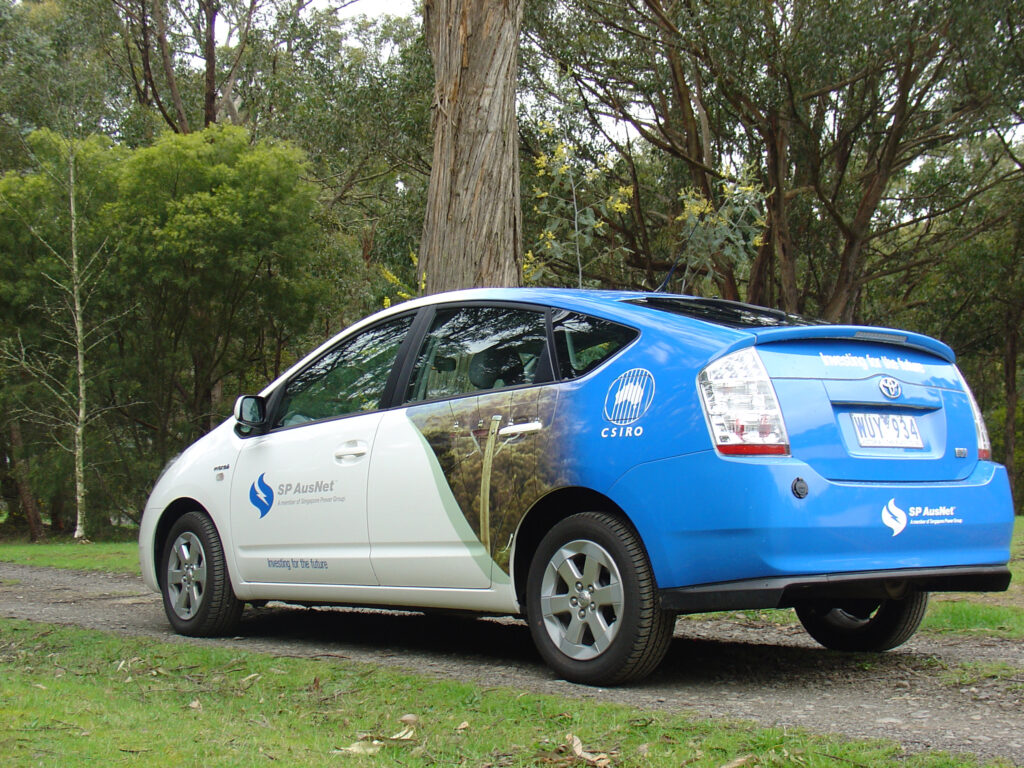
4. **Demographic Shifts: Who’s Opting Out?**The influence of ride-sharing on car ownership is not evenly distributed across all demographics. Instead, specific groups are showing a more pronounced shift away from personal vehicle reliance, driven by a combination of economic factors, lifestyle choices, and generational attitudes. Understanding these demographic nuances provides a clearer picture of who is most affected by the transportation revolution.
The influence of ride-sharing on car ownership is not evenly distributed across all demographics. Instead, specific groups are showing a more pronounced shift away from personal vehicle reliance, driven by a combination of economic factors, lifestyle choices, and generational attitudes. Understanding these demographic nuances provides a clearer picture of who is most affected by the transportation revolution.
Young adults, specifically those aged 18-24, are by far the most significantly impacted demographic. They exhibit a greater willingness to embrace alternative transportation options and are notably less attached to the traditional notion of car ownership as a status symbol or a rite of passage. For this generation, the financial burden associated with purchasing, insuring, and maintaining a vehicle often outweighs the perceived benefits, especially when convenient and often more flexible ride-sharing services are readily available. Research from the University of Michigan Transportation Research Institute, for example, indicates that fewer young adults are obtaining driver’s licenses or purchasing vehicles, directly correlating with the rise of ride-sharing.
High-income earners represent another group that frequently opts for ride-sharing, albeit for different reasons. While they can easily afford to own multiple vehicles, many choose ride-sharing primarily for its unparalleled convenience. The ability to avoid parking hassles, navigate traffic without the stress of driving, or simply enjoy a night out without worrying about a designated driver makes ride-sharing an attractive luxury. For them, it’s often a lifestyle choice that enhances their efficiency and reduces personal inconvenience, even if they maintain car ownership for other purposes.
Conversely, low-income earners present a more complex scenario. For those who cannot afford the substantial costs of car ownership, ride-sharing can serve as a crucial lifeline, providing access to employment, healthcare, and essential services that would otherwise be out of reach. It offers a practical alternative to public transportation, which may be limited or non-existent in certain areas. However, frequent reliance on ride-sharing can also become a significant financial burden, with cumulative costs potentially rivaling or even exceeding car ownership expenses over time, raising concerns about long-term financial stability for this group.
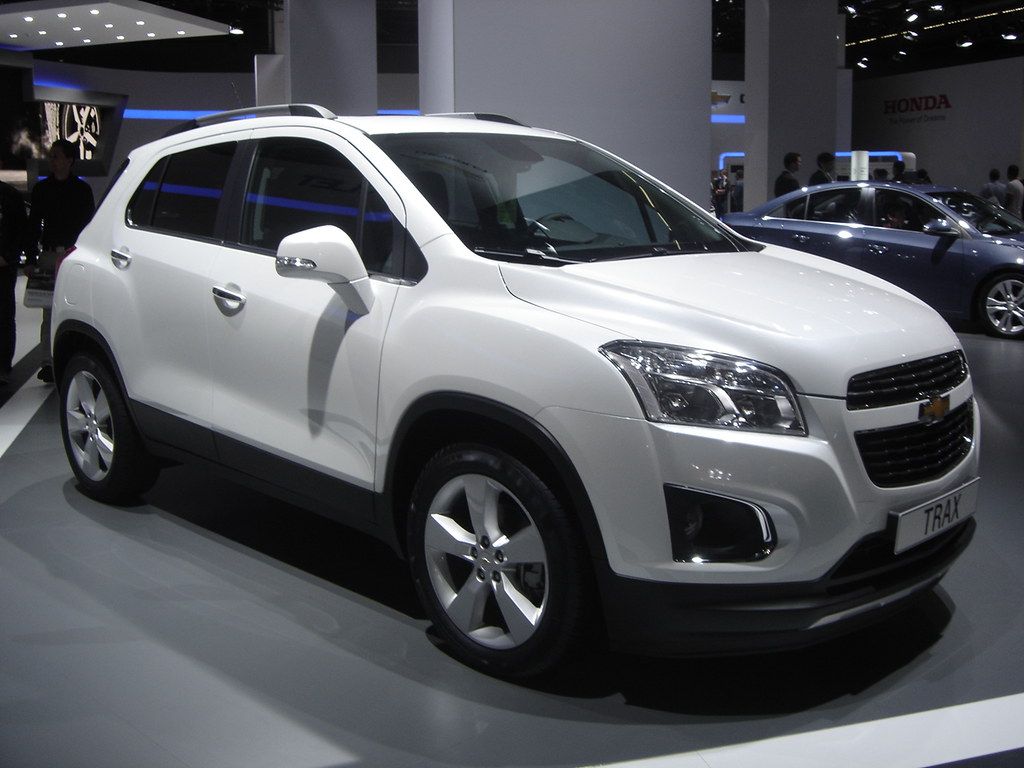
5. **Micro-mobility, Pandemic Impact, and Cost Considerations**
The landscape of personal mobility is constantly evolving, with several factors intertwining to shape car ownership trends beyond just ride-sharing itself. The integration of micro-mobility options, such as electric scooters and shared bicycles, has added another layer to this complexity. These services, often accessible through the same apps as ride-sharing, provide convenient and eco-friendly solutions for short trips, particularly in urban areas. By offering viable alternatives for last-mile connections or quick errands, micro-mobility further contributes to the potential for reduced car ownership, especially for individuals who might otherwise consider a car primarily for these types of short, frequent journeys.
The COVID-19 pandemic introduced an unexpected, yet significant, disruption to these emerging trends. In its initial phases (2020-2021), there was an observed increase in car ownership as individuals sought personal, controlled transportation options to minimize exposure to public transit or shared rides. The desire for a sanitized, private bubble for travel temporarily reversed some of the pre-pandemic shifts away from car ownership. This period highlighted the inherent human preference for perceived safety and control during a health crisis.
However, as the pandemic’s immediate impact has waned and ride-sharing services have recovered, the pre-pandemic trends are gradually re-emerging. People are once again evaluating the long-term costs and benefits of car ownership versus shared mobility. This re-evaluation is happening against a backdrop of recent economic pressures. Inflation and rising fuel prices have made ride-sharing more expensive, potentially making car ownership, despite its own escalating costs, seem relatively more attractive again for some individuals who can justify the fixed expenses.
These interwoven factors create a dynamic environment where the decision to own a car is influenced by a blend of technological availability, public health concerns, and personal financial calculations. The market continues to adapt, reflecting a fluid relationship between consumers and their transportation choices, where convenience, cost, and control remain paramount considerations in a rapidly changing world.
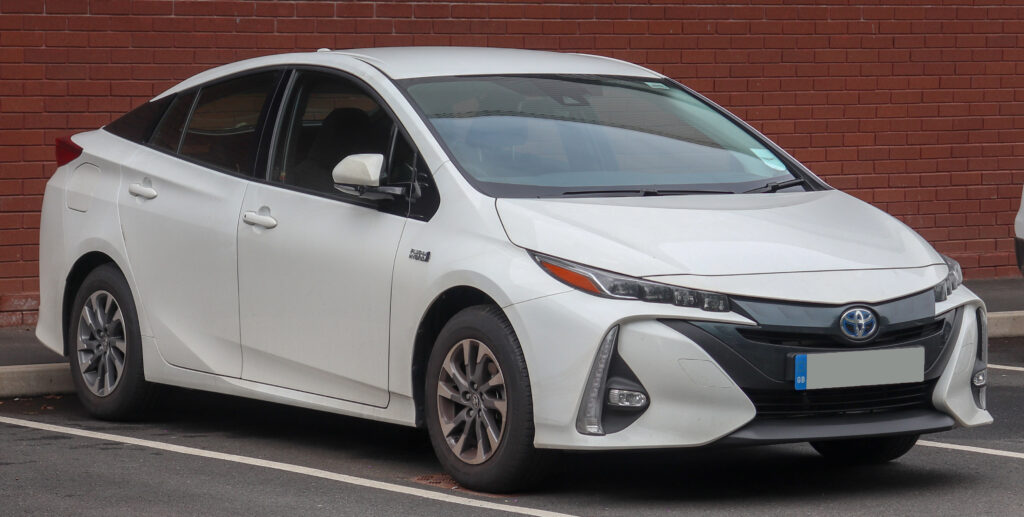
6. **Key External Influences on Car Ownership: Beyond the Individual**
The decision to own a car is not solely an individual one; it is profoundly shaped by broader environmental and policy factors within a community. Strong public transportation systems, for instance, play a crucial role in diminishing the need for both personal car ownership and frequent ride-sharing use. When robust and reliable public transit — like subways, buses, or commuter trains — offers an efficient way to navigate a city, it naturally reduces the reliance on private vehicles, whether owned or shared. This creates a foundational layer of mobility that lessens the imperative for a personal car.
Parking costs and availability are equally potent influencers, particularly in urban areas. The exorbitant price of parking, coupled with its scarcity, can be a major deterrent to car ownership. In cities where finding an affordable or even available parking spot is a daily struggle, individuals are highly incentivized to seek out alternatives. Ride-sharing services, by eliminating the need for parking, become an incredibly attractive proposition, further encouraging a shift away from personal vehicle ownership. This economic pressure makes the choice to use shared mobility almost an economic necessity for some residents.
Government policies also exert significant influence on car dependency. Urban planning and regulatory frameworks that actively promote public transportation, implement congestion pricing, or expand bike lanes can effectively reduce the overall need for personal vehicles. Policies encouraging greener transportation solutions through incentives and regulations further tip the scales. These governmental interventions not only support alternative modes of transport but also make car ownership less convenient or financially appealing, guiding citizens towards shared mobility solutions.
These external factors collectively shape the environment in which personal car ownership decisions are made, often tilting the scales away from traditional models. They demonstrate that the impact of ride-sharing is not just about the service itself, but how it interacts with and is reinforced by the broader urban and regulatory landscape. As cities continue to grapple with issues like traffic congestion and environmental sustainability, these influences are likely to become even more pivotal in defining the future of car ownership.
Read more about: Navigating the Complexities of Finance: Essential Disciplines for Prudent Financial Management
7. **Automotive Industry’s Strategic Adaptations**
The profound shifts driven by ride-sharing have compelled the automotive industry to adapt its long-standing business models. Automakers are no longer solely focused on selling personal vehicles but are actively investing in ride-sharing platforms and forging strategic partnerships with technology companies. For instance, General Motors has invested in Lyft, and Toyota has collaborated with Uber, demonstrating a clear recognition of shared mobility’s growing importance.
This adaptation extends to developing entirely new service offerings. Manufacturers are prioritizing the development of electric vehicles (EVs) and autonomous vehicles (AVs), understanding their critical role in the future of ride-sharing fleets. Companies like Uber, for example, have committed to transitioning to EVs, which inherently influences broader consumer adoption and accelerates the industry’s focus on sustainable transportation solutions.
Beyond vehicle development, the industry is also experimenting with innovative sales and ownership models. Some automakers are investing in their own ride-sharing and car-sharing services, acknowledging that future transportation may not rely exclusively on traditional car ownership. They are also offering car subscription services, providing consumers with access to vehicles for a monthly fee without the long-term commitment of outright ownership.
Automotive manufacturers and dealers are also adapting by collaborating with ride-sharing companies on fleet sales and co-branded vehicle programs. They are developing subscription-based models and flexible financing options specifically aimed at ride-share drivers. This also includes expanding after-sales services, such as maintenance packages, which are designed to support high-mileage vehicles frequently used for ride-sharing purposes.
Read more about: Behind the Dealership: Unpacking the Strategic Choices of 8 Auto Giants Navigating a Global Market in Flux
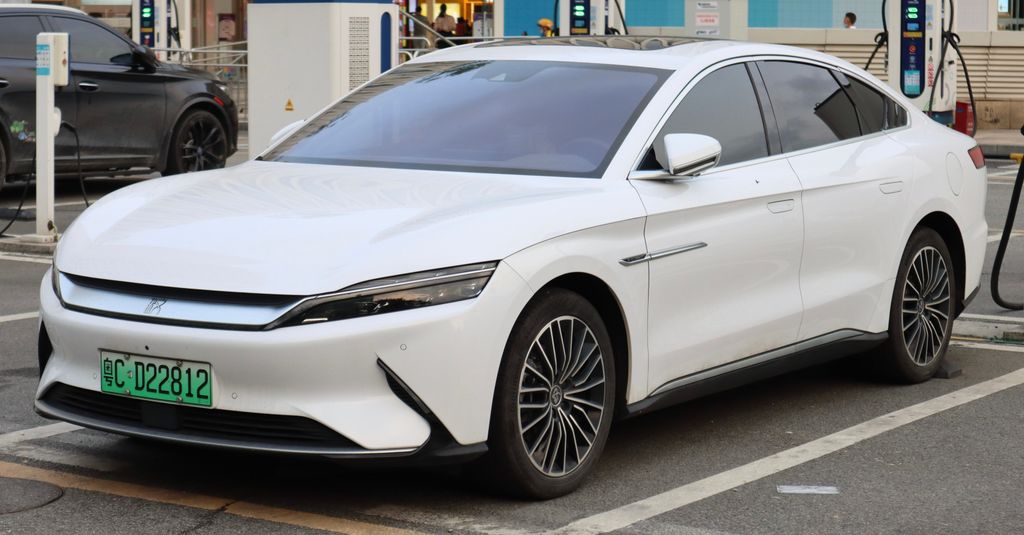
8. **Evolving Nature of Vehicle Demand**
One of the most significant consequences of ride-sharing’s rise is the evolving nature of vehicle demand. The traditional consumer, often swayed by luxury features or brand prestige, is increasingly being supplemented by a new demographic of buyers: ride-share drivers and companies managing ride-share fleets. These buyers exhibit distinct priorities when purchasing vehicles, fundamentally altering what automakers need to produce.
This shift in buyer demographics means that preferences are leaning heavily towards cars that are reliable and capable of handling high mileage. Durability and longevity become paramount when a vehicle is expected to be in near-constant operation. This contrasts sharply with the demands of a typical private owner, whose vehicle might see less frequent, less intensive use.
Furthermore, the financial realities of ride-sharing operations place a strong emphasis on reducing operating costs. Consequently, there is increased demand for fuel-efficient or electric vehicles. Ride-share drivers and fleet operators carefully weigh the cost of fuel or electricity as a major determinant of their profitability, making efficiency a top design priority for manufacturers looking to cater to this segment.
Comfort for passengers and ample space are also key considerations, as these directly impact rider experience and ratings. This demand has led to increased sales for certain models that meet these criteria, while luxury and niche vehicles may see declining interest among urban buyers who are increasingly opting for shared mobility rather than personal ownership of such cars. Automakers are actively responding by developing models specifically tailored for shared use, optimizing them for easy maintenance and a practical, comfortable passenger experience.
However, this evolving demand also presents challenges, such as potential pressure on profit margins. The phenomenon of “vehicle homogenization,” where only a few models dominate due to their suitability for ride-sharing, could reduce automaker pricing power and overall profitability as competition intensifies within this specialized segment.
Read more about: The Road to 100,000+ Miles: Essential Lessons from Long-Term Single-Car Ownership
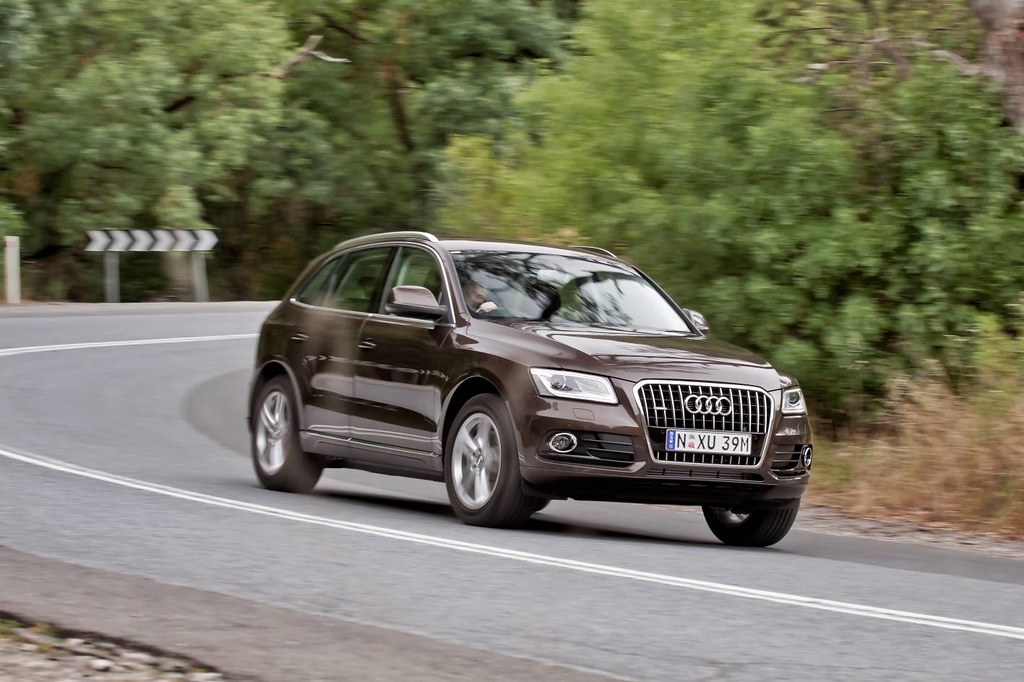
9. **Impact on Used Car and Rental Markets**
The ripple effects of ride-sharing extend significantly into both the used car and rental markets, introducing new dynamics and opportunities. Vehicles utilized extensively for ride-sharing services accrue mileage at an accelerated rate compared to privately owned cars. This intensive use often leads to a shorter operational lifespan for these vehicles within the retail market.
This rapid accumulation of mileage and the subsequent faster turnover of vehicles directly influence the used car market. The increased churn rate can create a more consistent supply of vehicles entering the secondary market. However, these vehicles often come with higher mileage, which means their value proposition needs careful assessment.
Crucially, this trend also creates new opportunities. For instance, certified pre-owned (CPO) programs specifically tailored to ride-share drivers are emerging. These programs can offer vehicles that have been rigorously inspected and come with warranties, providing reliability for drivers who depend on their cars for income, mitigating some risks associated with high-mileage used vehicles.
In a similar vein, the car rental industry is adapting to this changing landscape. Rental companies are increasingly offering flexible, short-term leases that are specifically designed to meet the needs of ride-sharing purposes. This allows individuals to engage in ride-sharing without the commitment of purchasing a vehicle, providing a bridge for those who want to drive without the full burdens of ownership.
These flexible rental models cater to drivers who might not want to own a car outright or those who are testing the waters of ride-sharing as an income source. It allows them to access suitable vehicles with less upfront capital and fewer long-term commitments, further integrating shared mobility into the broader transportation ecosystem.
Read more about: The 12 Catastrophic Financial Missteps That Bankrupted Lottery Winners
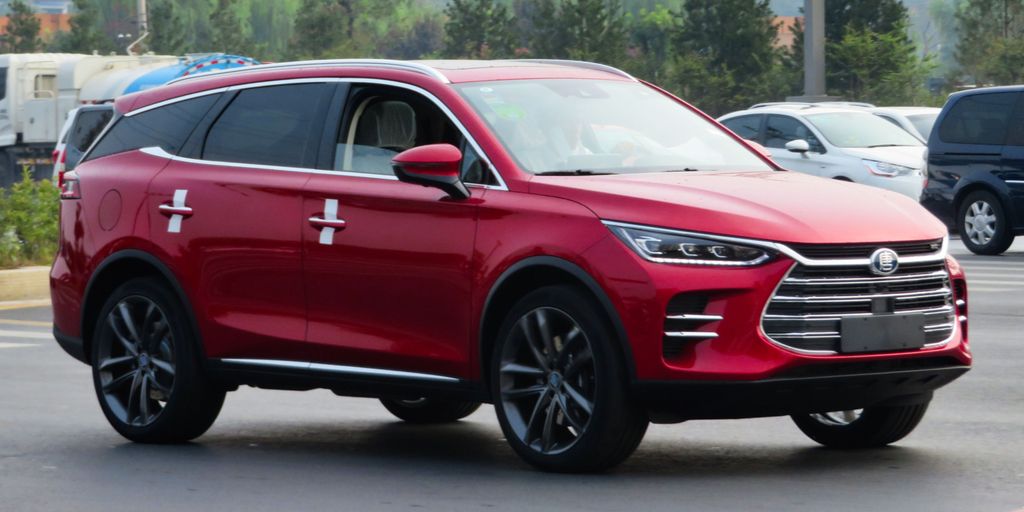
10. **New Business Opportunities and Diversification**
Ride-sharing platforms have moved beyond their initial scope of simply connecting drivers with passengers, evolving into comprehensive mobility and logistics providers. This diversification has unearthed a wealth of new business opportunities, reshaping industries and creating additional revenue streams. Companies like Uber now offer a vast array of services, including food delivery through Uber Eats, grocery and pharmacy deliveries, and even pet supplies, fundamentally broadening their market influence.
Further demonstrating this expansion, Uber Connect offers an easy, same-day, no-contact delivery solution for sending items, whether personal packages or online sales. The app also integrates with public transit, allowing users to plan their journeys by combining ride-sharing with buses or trains, aiming to reduce emissions and simplify complex travel schedules. Moreover, Uber Charter provides high-capacity group rides, catering to larger parties with vehicles seating 14-55 passengers, such as limo buses and coach buses.
Ride-sharing companies are also expanding their physical reach, extending services into rural and developing regions where transportation options were previously limited. By providing affordable and reliable services in underserved areas, they enhance mobility for communities that traditional transportation networks often neglect. This geographical expansion is a significant growth avenue, tapping into new user bases and contributing to broader economic accessibility.
For the automotive industry, these shifts translate into new avenues for engagement. Manufacturers and dealers are actively partnering with ride-sharing companies, not just for fleet sales, but also for co-branded vehicle programs that directly support these diverse service offerings. This includes developing specialized financing and leasing programs designed to attract ride-share drivers who need reliable vehicles for these expanded services.
Individuals seeking to capitalize on these new opportunities can find avenues to participate. This might involve contacting local ride-sharing companies to learn about approved vehicle models and purchase incentives tailored for drivers. They can also speak with automotive dealers about specific financing or leasing programs. Furthermore, researching certified pre-owned programs can offer reliable vehicles tailored to the robust demands of ride-share operators, complete with warranties and maintenance support for high-mileage use.
Read more about: Navigating the New Golden Age of Travel: 12 Essential Insights for Retirees
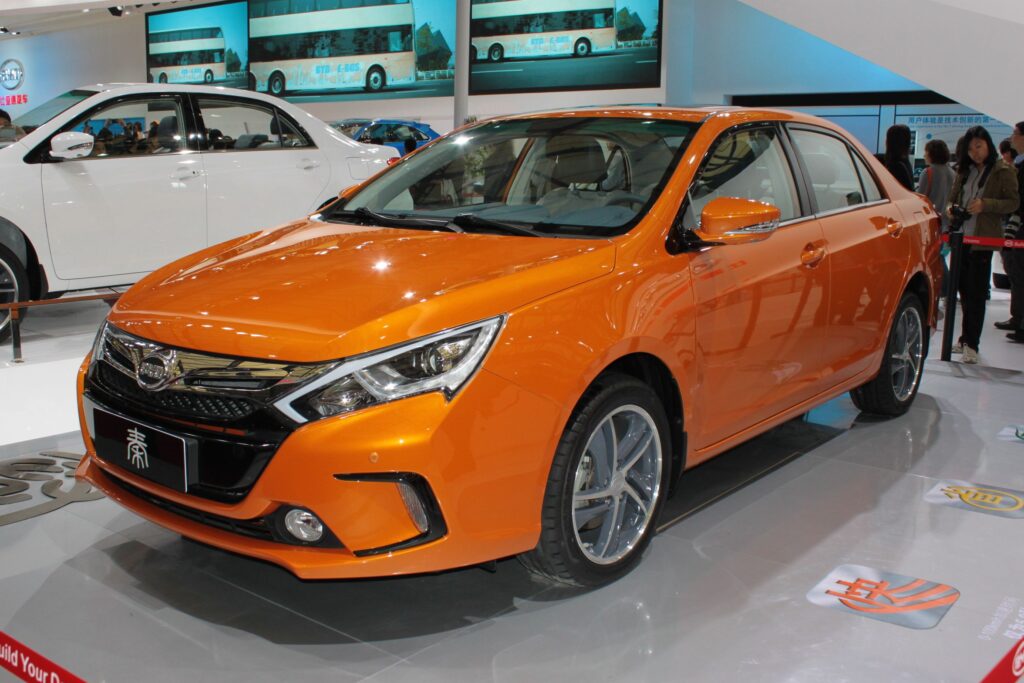
11. **Prevailing Challenges for the Ecosystem**
Despite its transformative potential, the ride-sharing ecosystem faces several significant challenges that require careful navigation from all stakeholders. A primary concern revolves around driver earnings and employment issues. Ride-share drivers are predominantly classified as independent contractors, which means they often lack access to essential benefits such as health insurance, paid leave, and retirement plans, leading to precarious financial stability for many.
Compounding this, driver earnings can be inconsistent, sometimes even falling below minimum wage, especially after accounting for vehicle maintenance and fuel costs. This model generates ongoing legal debates and potential policy changes regarding driver classification, creating regulatory and legal uncertainty that could significantly alter market dynamics for ride-sharing platforms and their workforce.
Safety concerns also remain a pressing issue for ride-sharing platforms. Despite the implementation of features like background checks for drivers and real-time GPS tracking, incidents of harassment, assault, and accidents continue to occur. These challenges lead to persistent calls for stricter regulations and enhanced security measures, aimed at ensuring the safety and comfort of both drivers and passengers.
For the automotive industry, the growing dominance of ride-sharing vehicles introduces economic pressures. The push towards “vehicle homogenization,” where only a few models are highly suitable for ride-sharing purposes, could reduce automakers’ pricing power and profitability. This narrowing of preferred vehicle types limits design diversity and can intensify competition within a smaller segment of the market.
Furthermore, the high-mileage use inherent in ride-sharing significantly shortens the operational lifespan of vehicles. This increased wear and tear leads to quicker turnover, which might seem beneficial for sales in the short term, but it also translates to potentially higher long-term maintenance costs for drivers and fleet operators. Automotive businesses must address these challenges by diversifying product offerings, investing in durable electric and hybrid models, and building flexible support packages for high-mileage users.
Read more about: Jane Goodall’s Final Chapter: Unveiling the Cause of Death and the Enduring Legacy of a Primatology Pioneer
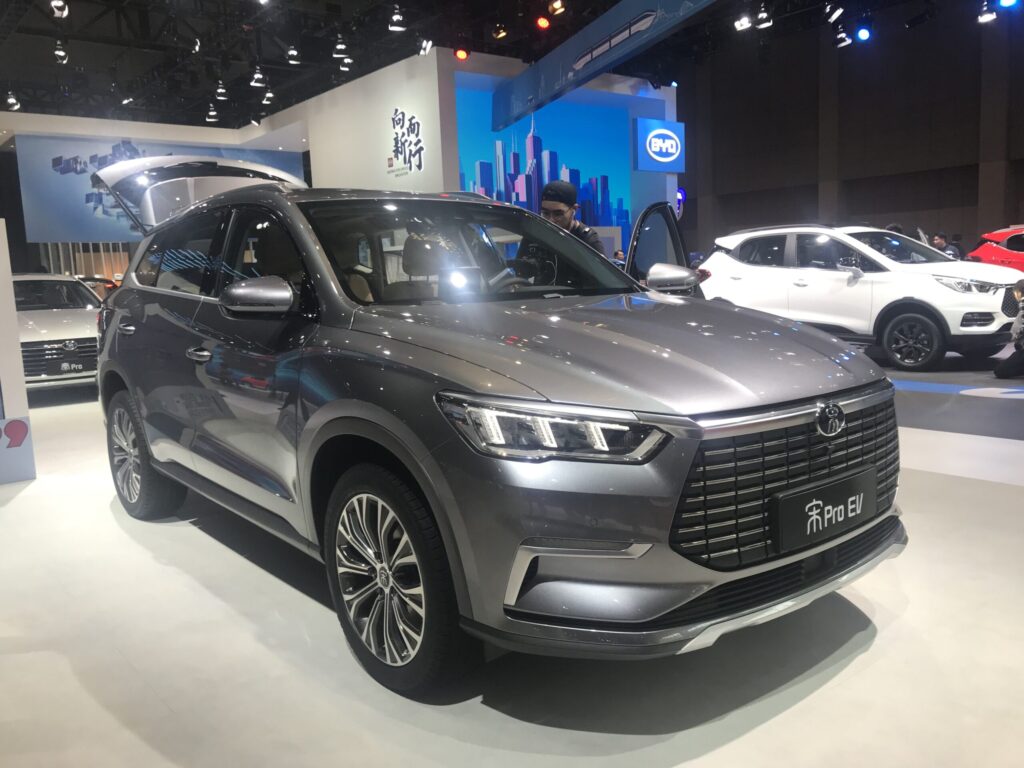
12. **Definitive Future Outlook for Car Ownership**
Looking ahead, the future of car ownership in a ride-sharing world is characterized by a continued evolution towards more flexible and integrated mobility solutions. We can anticipate a sustained slowdown in the growth of car ownership, particularly within urban areas, as ride-sharing services and a wider array of other mobility options become even more seamlessly integrated into daily life.
This future will likely see individuals increasingly adopting a “mobility budget” approach. Rather than allocating funds solely for car ownership, people will distribute their monthly transportation budget across a mix of options, including ride-sharing, public transit, bike rentals, and traditional car rentals. The seamless integration of ride-sharing with existing public transit systems, for example, offering efficient first-mile/last-mile solutions, will be crucial in facilitating this shift.
Autonomous vehicles (AVs) represent a significant potential game-changer, though their widespread adoption remains several years away. When fully realized, self-driving cars could dramatically lower operational costs for ride-sharing fleets, improve efficiency by optimizing routes and availability, and significantly enhance safety by removing human error. This advancement could further accelerate the decline in personal car ownership, making on-demand, self-driving transportation even more convenient and affordable.
Sustainability concerns are also set to play an increasingly pivotal role in shaping future transportation choices. A growing awareness of the environmental impact of traditional cars will likely further incentivize individuals to explore alternative, greener transportation options. Ride-sharing companies are already responding to this by increasing investments in electric and hybrid vehicles, promoting shared rides to maximize occupancy, and implementing carbon offset programs. Government policies, through incentives and regulations, are expected to further encourage these environmentally friendly solutions.
Ultimately, the landscape of car ownership will become even more stratified by geography. In rural and suburban areas, where distances are greater and alternative transportation options are less robust, personal car ownership is likely to remain an essential component of daily life. Conversely, urban centers will continue to experience a pronounced decline in ownership as shared mobility options expand and become increasingly sophisticated, leading to a more flexible, multi-modal transportation future that values access over exclusive possession.
Read more about: The Tariff Tangle: Why Key Auto Parts Are Vanishing From Stores and How Repair Costs Are Skyrocketing
In conclusion: Ride-sharing hasn’t eliminated car ownership, but it is changing the relationship people have with their cars. The impact is complex and varies significantly based on location, demographics, and the broader transportation ecosystem. While car ownership isn’t going away anytime soon, ride-sharing is contributing to a shift towards more flexible, multi-modal transportation solutions.


